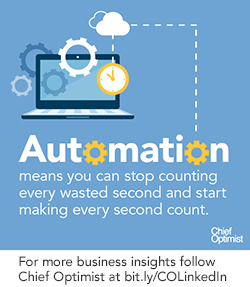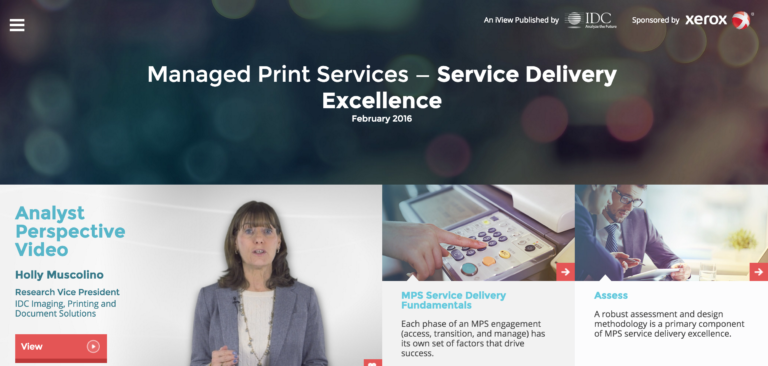Guest post by Liz Vega, Senior Manager, Xerox Government, Education, Healthcare Global Marketing. This post originally appeared on LinkedIn.
Patient expectations, business processes, technology, and the use of data have changed at a radical pace in healthcare. At the heart of all this change are patients, and strategically communicating with them is fundamental to creating and maintaining an excellent patient experience.

Patients, caregivers and their families increasingly expect more relevant, timely information, personalized to them. But many healthcare organizations have barriers that stand in the way of providing consistent, clear communications. These providers are looking for ways to meet communications expectations quickly and cost-effectively so they can stay relevant.
When Methodist Healthcare System needed to build a print center to imprint its mission of “Methodist Excellence” into the hearts and minds of its patients, the healthcare provider turned to Xerox. Together, Xerox and Methodist Healthcare created a full-service print center that brings what Methodist calls “branding to the bedside,” boosting quality of care, while also reducing costs. The savings that resulted from moving printing in-house meant a 100 percent return on investment and a savings of over $2 million per year.
Customer satisfaction and loyalty are top of mind for every organization, yet building and retaining brand loyalty is probably one of the biggest challenges. Research from NewVoiceMedia says that US organizations lose an estimated $41 billion every year after a bad customer experience. Additionally, almost half of U.S. consumers will take their business elsewhere after experiencing less than adequate customer service.
Exceptional customer service is a must, so what’s holding you back? We, the patients, are living in a digital age and are demanding healthcare providers do the same. As technology evolves, many risk being left behind by relying on outdated, paper-intensive processes. A Xerox Digitization at Work study revealed that more than half of respondents admitted their organization’s processes are largely, or entirely, still paper-based. Paper-based processes are manual and time-intensive, leaving less time to engage with patients and their families.
As healthcare providers begin to optimize and improve their customer service, the best place to start is by digitizing and streamlining all forms of patient communications. Regardless of the channel – direct mail, email or social media – information needs to be consistent, relevant and timely, and span a variety of channels to deliver an effective, memorable patient experience.
Xerox has launched a new suite of services to help with the changing customer service landscape in healthcare. The expanded portfolio of Communication and Marketing Solutions helps providers create better patient interactions, increase brand recognition and gather important data to improve customer satisfaction.
The seven new services cover all stages of the patient lifecycle journey which relate to customer engagement: Document Publishing Services, Collateral Management Services, Demand Generation Services, Inbound and Outbound Digital Services, Product Information Management Services, Multichannel Communication Services and Transactional Print and Mail Services.
 By partnering with Xerox, the journey to rewarding customer service in healthcare is within reach. These tailored and personalized services help providers identify and transform key communication touch points across each patient journey, and deliver a truly transformative service that will significantly improve effectiveness, relevance and results.
By partnering with Xerox, the journey to rewarding customer service in healthcare is within reach. These tailored and personalized services help providers identify and transform key communication touch points across each patient journey, and deliver a truly transformative service that will significantly improve effectiveness, relevance and results.



